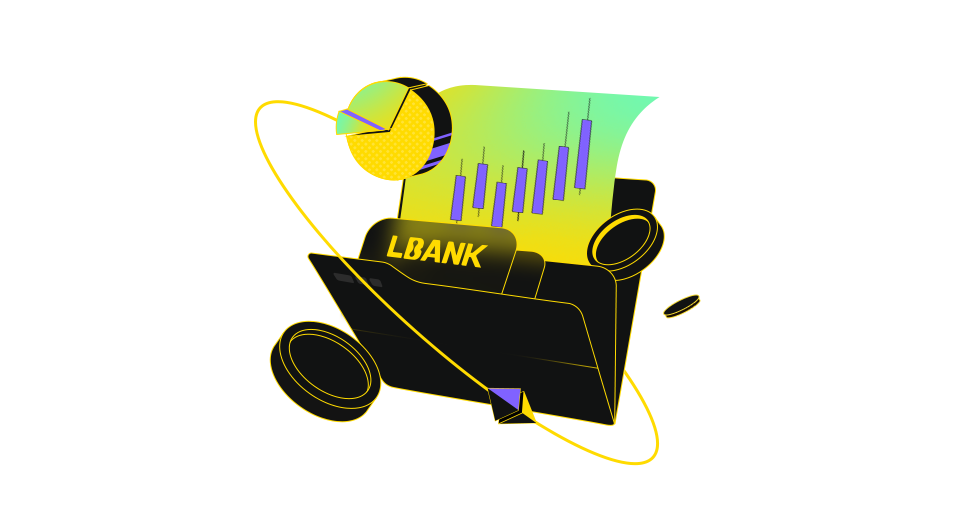"Understanding Trade Policy: The Role of Tariffs in Global Commerce for Beginners."
**Trade Policy and Tariffs: Understanding Their Role in Global Commerce**
Trade policy is a framework of rules, regulations, and agreements that govern how countries engage in international trade. It shapes the flow of goods and services across borders, influencing economic growth, employment, and consumer prices. A well-designed trade policy aims to balance domestic industry protection with the benefits of global trade, fostering economic stability and international cooperation.
**What Is Trade Policy?**
Trade policy encompasses a wide range of measures, including tariffs, quotas, subsidies, and trade agreements. Governments use these tools to achieve various objectives, such as:
- Protecting domestic industries from foreign competition.
- Encouraging exports to boost economic growth.
- Regulating imports to maintain fair trade practices.
- Strengthening diplomatic and economic ties through trade agreements.
Trade policies can be **unilateral** (decided by a single country), **bilateral** (between two nations), or **multilateral** (involving multiple countries, such as through the World Trade Organization).
**How Do Tariffs Fit into Trade Policy?**
Tariffs are taxes imposed on imported goods, making them more expensive compared to domestically produced items. They serve as a key instrument in trade policy with several intended effects:
1. **Protection of Domestic Industries** – By increasing the cost of foreign goods, tariffs help local businesses compete, preserving jobs and industrial capacity.
2. **Revenue Generation** – Governments collect tariff duties, which can contribute to national budgets.
3. **Trade Negotiation Leverage** – Tariffs can be used as bargaining chips in trade talks, encouraging other nations to lower their own trade barriers.
However, tariffs can also lead to unintended consequences:
- **Higher Consumer Prices** – Imported goods become costlier, affecting household budgets.
- **Retaliatory Tariffs** – Other countries may impose their own tariffs, hurting exporters.
- **Supply Chain Disruptions** – Industries relying on imported materials face increased production costs.
**Recent Examples of Tariffs in Trade Policy**
The U.S.-China trade war (2018–present) is a prominent case study. The U.S. imposed tariffs on Chinese goods to address trade imbalances and intellectual property concerns. China retaliated with its own tariffs, leading to economic strain on both sides. While a partial deal (Phase One, 2020) eased tensions, unresolved issues continue to affect global trade dynamics.
Similarly, the EU and U.S. have engaged in tariff disputes over steel and aluminum, while Brexit has forced the UK to renegotiate trade terms with the EU and other partners.
**Economic and Political Implications**
Tariffs can stimulate domestic production but may also trigger:
- **Trade Wars** – Escalating tariffs between nations can reduce global trade volumes.
- **Inflation** – Rising import costs contribute to higher overall price levels.
- **Diplomatic Strains** – Trade conflicts can spill over into broader geopolitical tensions.
**Conclusion**
Trade policy shapes how nations interact economically, with tariffs being a powerful yet double-edged tool. While they can protect local industries, excessive reliance on tariffs risks economic retaliation and global instability. Policymakers must carefully weigh these factors to foster sustainable trade relationships.
For further insights, refer to sources like the World Trade Organization (WTO) and International Monetary Fund (IMF), which provide detailed analyses on trade policies and their global impacts.
Trade policy is a framework of rules, regulations, and agreements that govern how countries engage in international trade. It shapes the flow of goods and services across borders, influencing economic growth, employment, and consumer prices. A well-designed trade policy aims to balance domestic industry protection with the benefits of global trade, fostering economic stability and international cooperation.
**What Is Trade Policy?**
Trade policy encompasses a wide range of measures, including tariffs, quotas, subsidies, and trade agreements. Governments use these tools to achieve various objectives, such as:
- Protecting domestic industries from foreign competition.
- Encouraging exports to boost economic growth.
- Regulating imports to maintain fair trade practices.
- Strengthening diplomatic and economic ties through trade agreements.
Trade policies can be **unilateral** (decided by a single country), **bilateral** (between two nations), or **multilateral** (involving multiple countries, such as through the World Trade Organization).
**How Do Tariffs Fit into Trade Policy?**
Tariffs are taxes imposed on imported goods, making them more expensive compared to domestically produced items. They serve as a key instrument in trade policy with several intended effects:
1. **Protection of Domestic Industries** – By increasing the cost of foreign goods, tariffs help local businesses compete, preserving jobs and industrial capacity.
2. **Revenue Generation** – Governments collect tariff duties, which can contribute to national budgets.
3. **Trade Negotiation Leverage** – Tariffs can be used as bargaining chips in trade talks, encouraging other nations to lower their own trade barriers.
However, tariffs can also lead to unintended consequences:
- **Higher Consumer Prices** – Imported goods become costlier, affecting household budgets.
- **Retaliatory Tariffs** – Other countries may impose their own tariffs, hurting exporters.
- **Supply Chain Disruptions** – Industries relying on imported materials face increased production costs.
**Recent Examples of Tariffs in Trade Policy**
The U.S.-China trade war (2018–present) is a prominent case study. The U.S. imposed tariffs on Chinese goods to address trade imbalances and intellectual property concerns. China retaliated with its own tariffs, leading to economic strain on both sides. While a partial deal (Phase One, 2020) eased tensions, unresolved issues continue to affect global trade dynamics.
Similarly, the EU and U.S. have engaged in tariff disputes over steel and aluminum, while Brexit has forced the UK to renegotiate trade terms with the EU and other partners.
**Economic and Political Implications**
Tariffs can stimulate domestic production but may also trigger:
- **Trade Wars** – Escalating tariffs between nations can reduce global trade volumes.
- **Inflation** – Rising import costs contribute to higher overall price levels.
- **Diplomatic Strains** – Trade conflicts can spill over into broader geopolitical tensions.
**Conclusion**
Trade policy shapes how nations interact economically, with tariffs being a powerful yet double-edged tool. While they can protect local industries, excessive reliance on tariffs risks economic retaliation and global instability. Policymakers must carefully weigh these factors to foster sustainable trade relationships.
For further insights, refer to sources like the World Trade Organization (WTO) and International Monetary Fund (IMF), which provide detailed analyses on trade policies and their global impacts.
Related Articles
How are RWAs different from traditional financial assets?
2025-05-22 10:16:47
How does DeFi differ from traditional finance systems?
2025-05-22 10:16:47
Can you elaborate on how equitable distribution is achieved in the new tokenomic model?
2025-05-22 10:16:46
What implications does this collaboration have for blockchain gaming acceptance?
2025-05-22 10:16:46
How does U.S. Steel Corporation's performance compare to its competitors in light of the new price target?
2025-05-22 10:16:46
Are there fees associated with different deposit methods on Binance?
2025-05-22 10:16:45
How complex are DeFi protocols involved in yield farming as mentioned in the research news about CoinGecko's Earn Platform?
2025-05-22 10:16:45
How important does Buterin consider institutional adoption of cryptocurrencies?
2025-05-22 10:16:45
What types of insights or findings should be highlighted during the analysis of news articles?
2025-05-22 10:16:44
What role do stablecoins play in facilitating transactions within the cryptocurrency ecosystem?
2025-05-22 10:16:44
Latest Articles
How does DeFi differ from traditional finance systems?
2025-05-22 10:16:47
How are RWAs different from traditional financial assets?
2025-05-22 10:16:47
Can you elaborate on how equitable distribution is achieved in the new tokenomic model?
2025-05-22 10:16:46
What implications does this collaboration have for blockchain gaming acceptance?
2025-05-22 10:16:46
How does U.S. Steel Corporation's performance compare to its competitors in light of the new price target?
2025-05-22 10:16:46
How complex are DeFi protocols involved in yield farming as mentioned in the research news about CoinGecko's Earn Platform?
2025-05-22 10:16:45
Are there fees associated with different deposit methods on Binance?
2025-05-22 10:16:45
How important does Buterin consider institutional adoption of cryptocurrencies?
2025-05-22 10:16:45
What is Mashinsky's perspective on the role of self-regulation within the crypto industry?
2025-05-22 10:16:44
What role do stablecoins play in facilitating transactions within the cryptocurrency ecosystem?
2025-05-22 10:16:44
Hot Topics
Technical Analysis

1606 Articles
DeFi

90 Articles
MEME

62 Articles
Cryptocurrency Rankings
Top
New Spot
No data
Expand
Fear and Greed Index
Reminder: Data is for Reference Only
73
Greed
